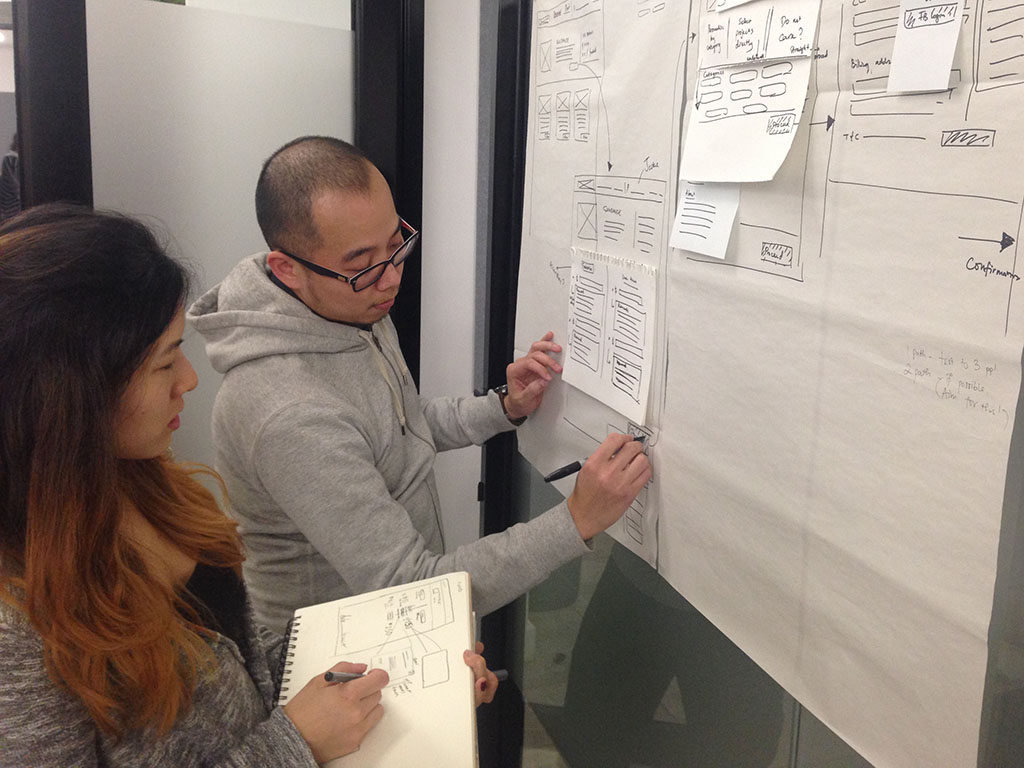Project:
Crowdfunding with subscription model
Detail:
Student brief. Part of General Assembly curriculum
Activities:
Competitive Analysis, User Research, Wireframing, Usability Testing, Project Management
Year:
2015 (2-week team project)
Background
Currently there is only one way for people to create or pledge to a Kickstarter project via an ‘All or nothing’ model. This funding model means projects are only funded if they reach the funding goal by a set date. Kickstarter wants to expand to allow projects that will be funded on a repeated schedule instead of only backing a project once.
My role
As a project manager, I managed a team of 3 UX design leads (myself included) and was responsible for completion of all UX activities. During the project, I also did user research, wireframing & co-producing high-fidelity prototype using Axure and produced the final report.
I assigned each team member with a key area to look at; who are the competitors and do any of them have subscription model? Who are the users? Any project creators? And what are their journey?
Competitive Analysis
The team conducted a detailed qualitative assessment of Kickstarter's four most relevant competitors - Patreon, Indiegogo, Gofundme and Rockethub. Each site was assessed according to Nielsen's Usability Heuristics (LEMErS).
We found out that a subscription model was extremely rare in crowfunding sector, the only platform offering subscription model was Patreon and it offered little tangible benefits or gratifications. The industry itself was pretty homogenous; the platforms were similar with only minor superficial differences or appeals to different demographics.
User Research
For our user research and persona building, I created a survey to find people who have used Kickstarter (or other crowdfunding platform) previously and people who created a project looking for funding. In addition to that, we wanted to find out about their subscription habits. The survey was then posted on social media, General Assembly’s internal Slack channel, Reddit and a crowdfunding forum site. While we received responses from past backers, unfortunately we couldn't find any project creators. We then interviewed 4 respondents based on the frequency of crowdfunding usage/support.
A-ha moment
An interesting theme came out of user research; their purchasing habits and motivations suggested they want to support local communities or people with great ideas, however most interviewees wondered what would be the reward for them to contribute a project regularly. A couple of them suggested a subscription model could work if projects are of a social or charity nature such as building a school or a community infrastructure after natural disaster.
In our brainstorming session, we came up with the idea of leveraging the Curation section on Kickstarter. What if Curated channels, which contained sub-channels or projects, have subscription model?



Design prototype
We started sketching wireframes for our prototype and established what comes next. Once we had enough clarity on how the prototype was going to look, we went straight to Axure RP to develop our prototype.


Usability testing
We tested our prototype on four people - 3 male, 1 female of an age range between 24 and 40. Users were given two tasks:
- To find a specific curation channel (Sundance Institute) and subscribe to it.
- To find the "Nugget Sofa" product page and review it, and in doing so discover the similar projects.
These tasks were designed to test how simple it was for users to subscribe to channel and root out any problems, and also test to see what would happen if users wanted to back a specific project but were unable to.
The usability testing uncovered usability issues such as the lack of feedback/progress indicator while going through subscription process. Furthermore, the Information Architecture needed to be re-worked to help communicate the subscription concept better to users and their mental models.